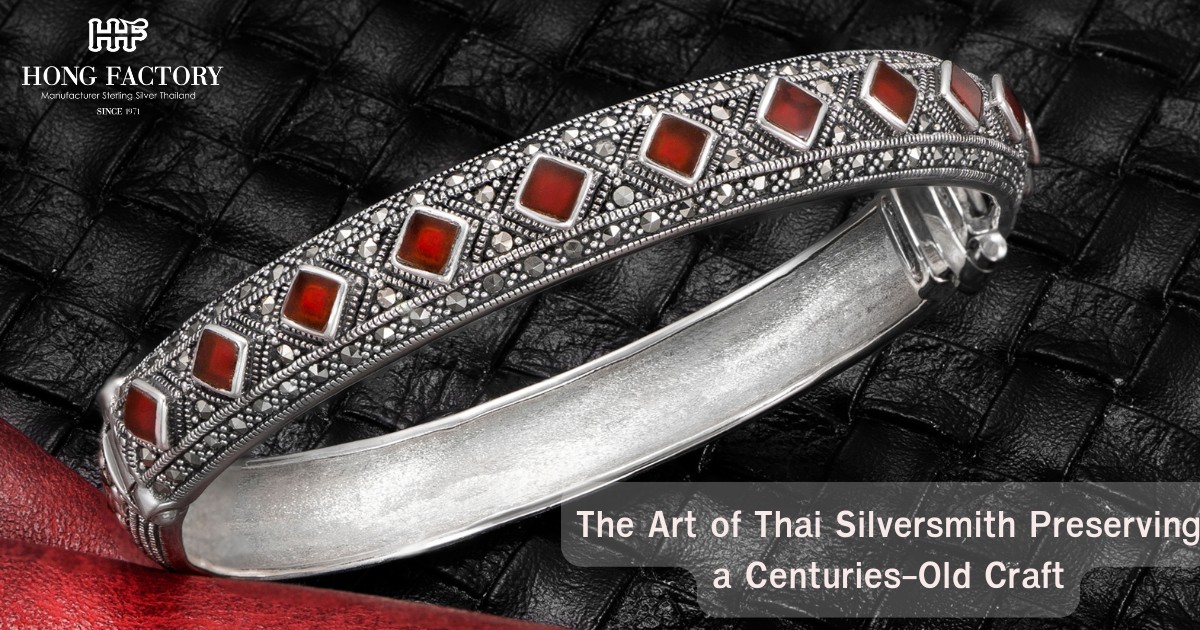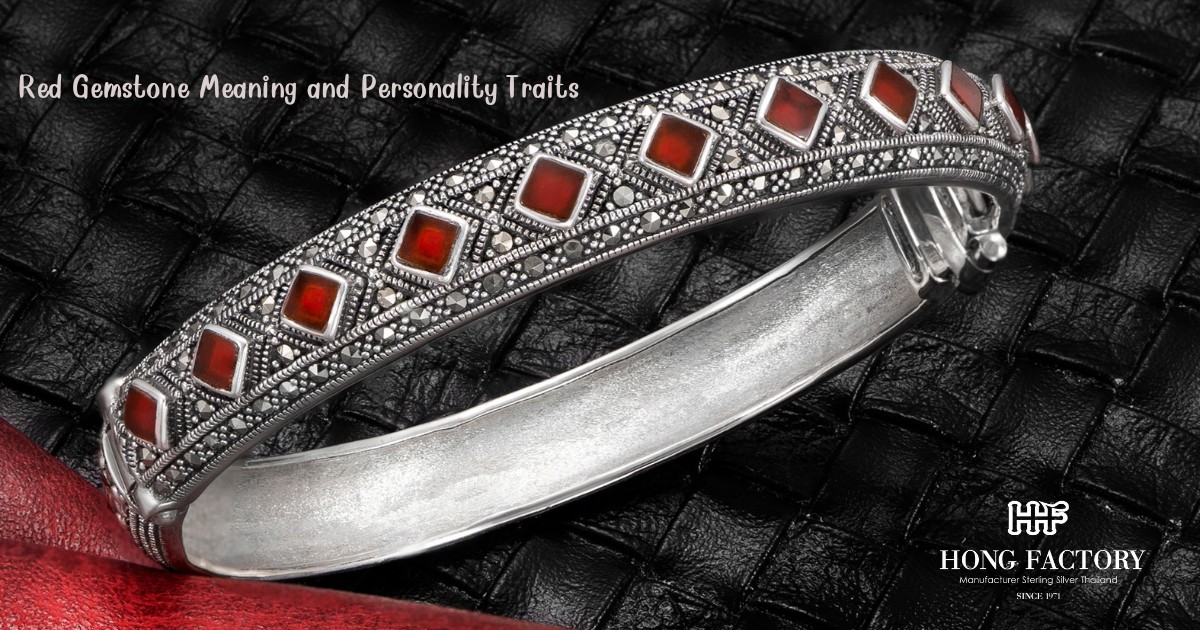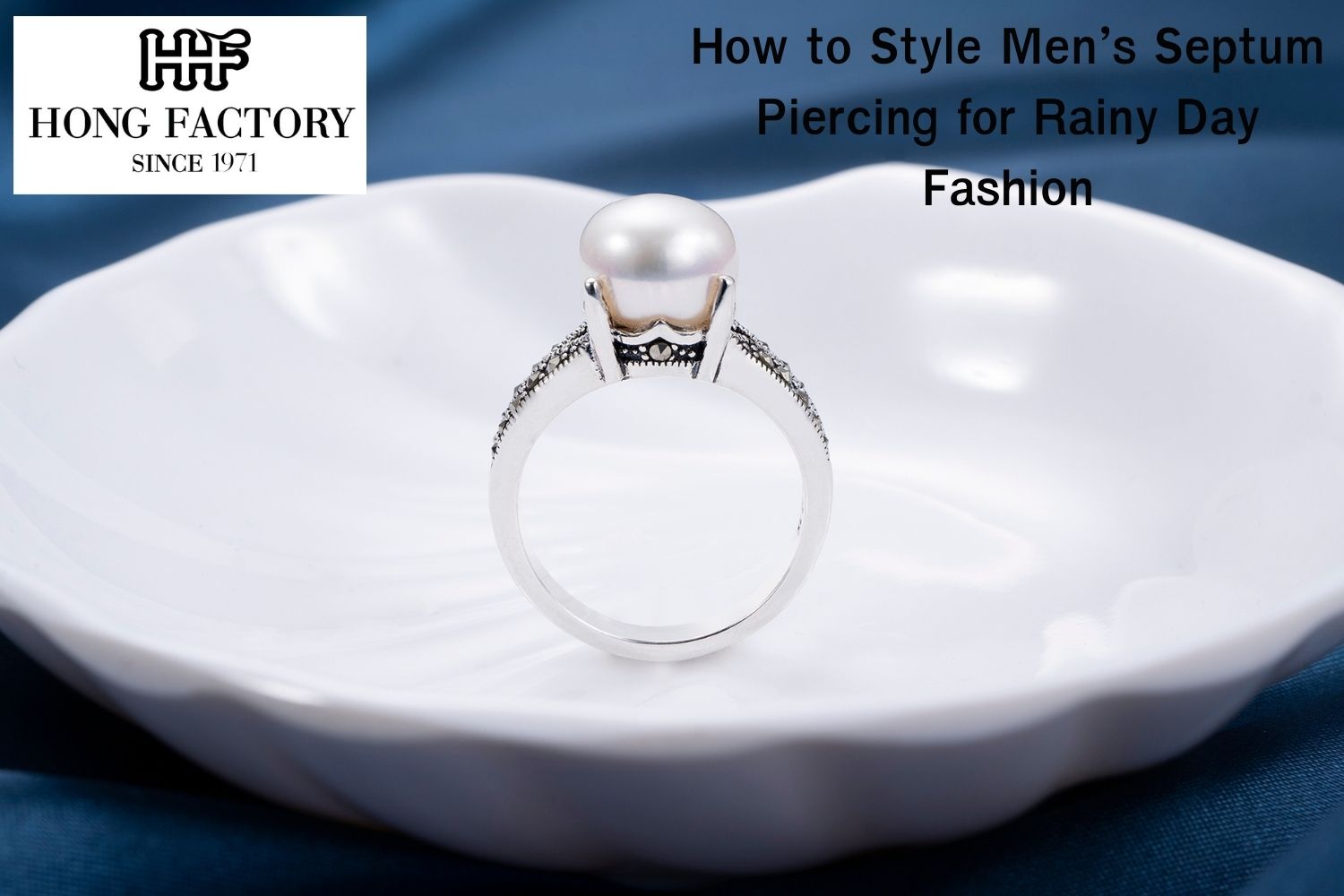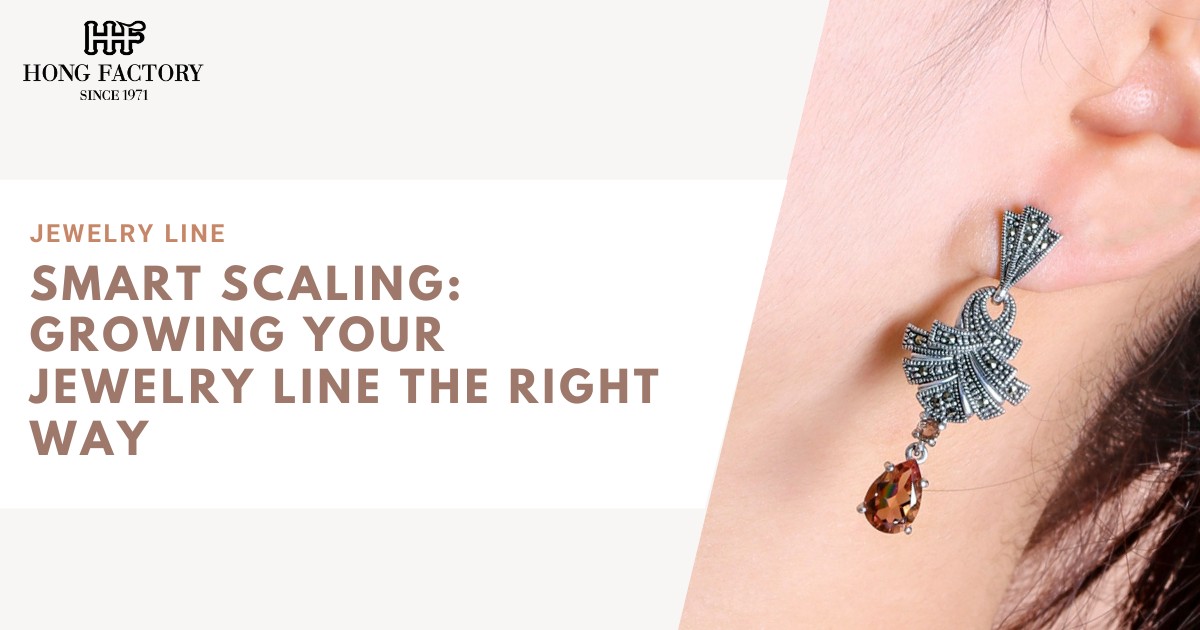Thailand has long been admired for its artistry and craftsmanship, with silver jewelry standing out as one of its most cherished cultural legacies. The skill of Thai silversmiths, passed down through generations,
reflects not only technical mastery but also a deep connection to heritage, spirituality, and artistry. In a modern world increasingly dominated by machines, the art of Thai silversmith remains a testament to human creativity and dedication. marcasite

The Beauty and Heritage of The Art of Thai Silversmith
The Art of Thai Silversmith dates back hundreds of years, rooted in ancient kingdoms such as Sukhothai and Lana.
During these periods, silver was not merely a material for adornment—it was a symbol of status, spirituality, and cultural identity. Skilled artisans crafted intricate designs for royal families, temples, and ceremonies, embedding meaning into every line and curve.
Each region in Thailand developed its own distinctive silversmithing style. The northern province of Chiang Mai became renowned for its hand-hammered silver bowls and jewelry featuring floral and geometric motifs.
In contrast, the Karen and Hmong hill tribes developed techniques that emphasized texture, engraving, and high-purity silver. Whether created in bustling cities or remote mountain villages, Thai silverwork continues to embody both beauty and cultural pride.
Traditional Techniques that Stand the Test of Time
What makes Thai silversmithing truly exceptional is the artisans’ devotion to preserving traditional methods. Each piece begins as pure silver, often 92.5% or higher, which is carefully melted,
shaped, and hand-hammered into its desired form. Tools such as bamboo molds, charcoal furnaces, and fine engraving chisels are still commonly used—mirroring techniques from centuries past.
Every hammer strike, engraving, or carving is performed by hand, allowing no two pieces to be identical. This meticulous craftsmanship ensures that each item tells its own story.
The patterns often feature traditional Thai symbols such as lotus flowers (purity), elephants (strength and good fortune), and mythical creatures like the Naga serpent (protection). These motifs not only enhance the aesthetic value but also preserve Thailand’s mythological and cultural narratives.
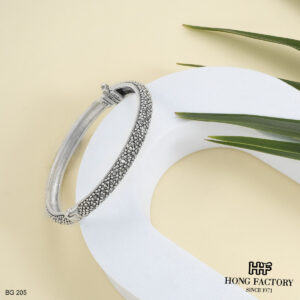
Cultural Significance and Symbolism
Thai silverwork goes beyond beauty—it is deeply spiritual. In Buddhist tradition, silver is believed to bring peace, balance, and good karma. Many silversmiths infuse their creations with blessings or mantras,
believing that the jewelry itself can carry protective energy. This integration of spirituality and art gives Thai silver an essence that cannot be replicated by machines or mass production.
Furthermore, silver plays an important role in Thai ceremonies. From weddings to religious offerings, silver objects represent prosperity and purity. These traditions have helped sustain the craft through generations, ensuring that it remains a vital part of Thai identity.
Modern Adaptations While Preserving Heritage
While globalization and technology have transformed the jewelry industry, Thai silversmiths continue to adapt without compromising authenticity. Many artisans now combine traditional handcrafting with modern aesthetics,
creating designs that appeal to contemporary tastes while retaining cultural depth. The result is a perfect balance between old and new fusion of heritage and innovation.
In cities like Chiang Mai and Bangkok, family-owned workshops collaborate with jewelry designers to bring Thai silver to international markets.
These partnerships help preserve the craft while introducing it to a new generation of jewelry enthusiasts worldwide. Some artisans also incorporate gemstones, enamel, and marcasite, adding vibrant details that enhance the silver’s radiance.
Sustainability and Ethical Craftsmanship
An often-overlooked aspect of Thai silversmithing is its sustainability. The process is predominantly manual, reducing environmental impact compared to industrial jewelry production.
Many silversmiths source materials responsibly or even recycle silver from older pieces to create new designs. This respect for both tradition and nature reflects Thailand’s holistic approach to craftsmanship—where beauty, spirituality, and responsibility coexist harmoniously.
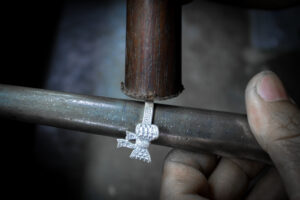
The Future of Thai Silversmithing
The survival of The Art of Thai Silversmith depends on nurturing the next generation of artisans. Across Thailand, schools and community workshops are teaching young craftsmen the techniques,
values, and patience required to master this delicate art. international recognition, tourism, and support from ethical jewelry brands also contribute to keeping this centuries-old craft alive.
Collectors and jewelry enthusiasts worldwide are beginning to appreciate the uniqueness of Thai silver. Unlike mass-produced accessories,
each handmade piece carries a sense of authenticity and soul. By wearing Thai silver jewelry, one becomes part of a story that transcends time—a story of art, devotion, and resilience.
Preserving the Soul of Thai Craftsmanship
The art of Thai silversmithing is far more than a profession—it is a cultural legacy that weaves together artistry, spirituality, and identity. Through dedication and creativity, Thai artisans continue to preserve techniques that have stood for centuries while reimagining them for modern audiences.
Each handcrafted piece reflects not only skill but also the enduring spirit of Thai heritage. To admire or wear Thai silver is to celebrate the heart of Thailand itself—a nation where tradition shines as brightly as the silver it so masterfully shapes.
